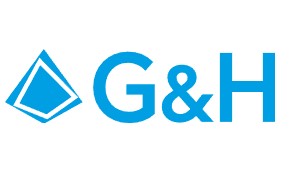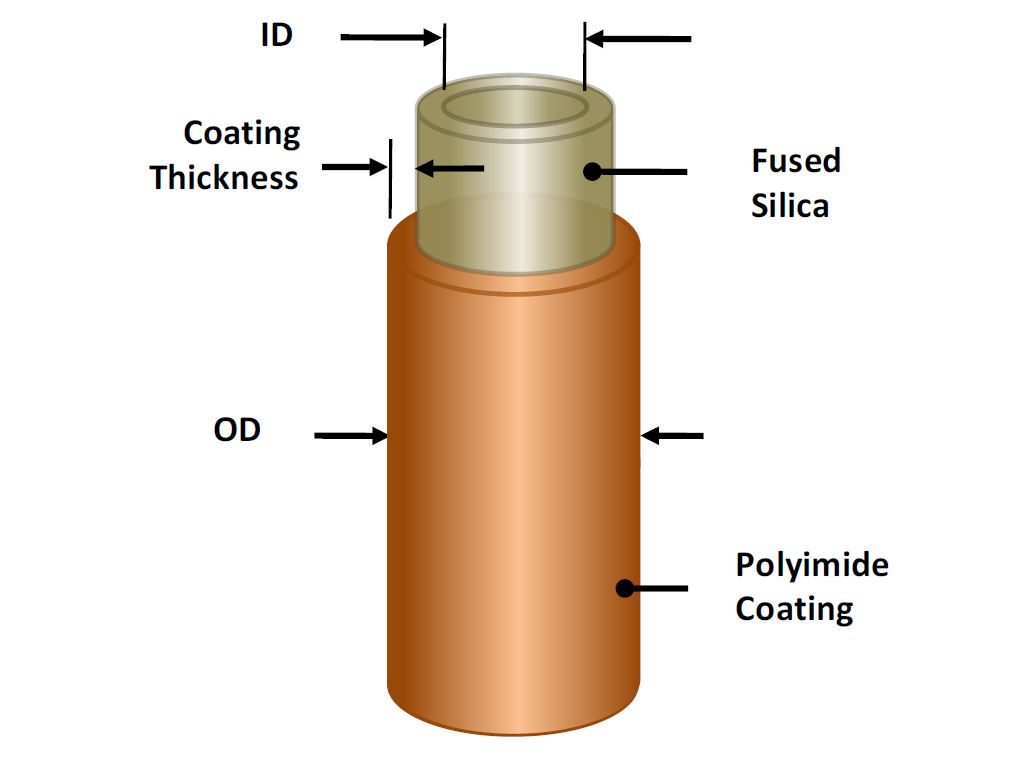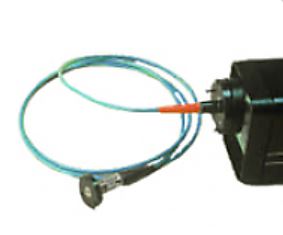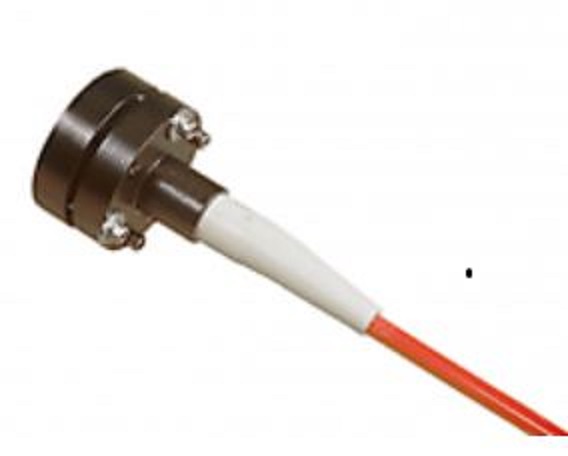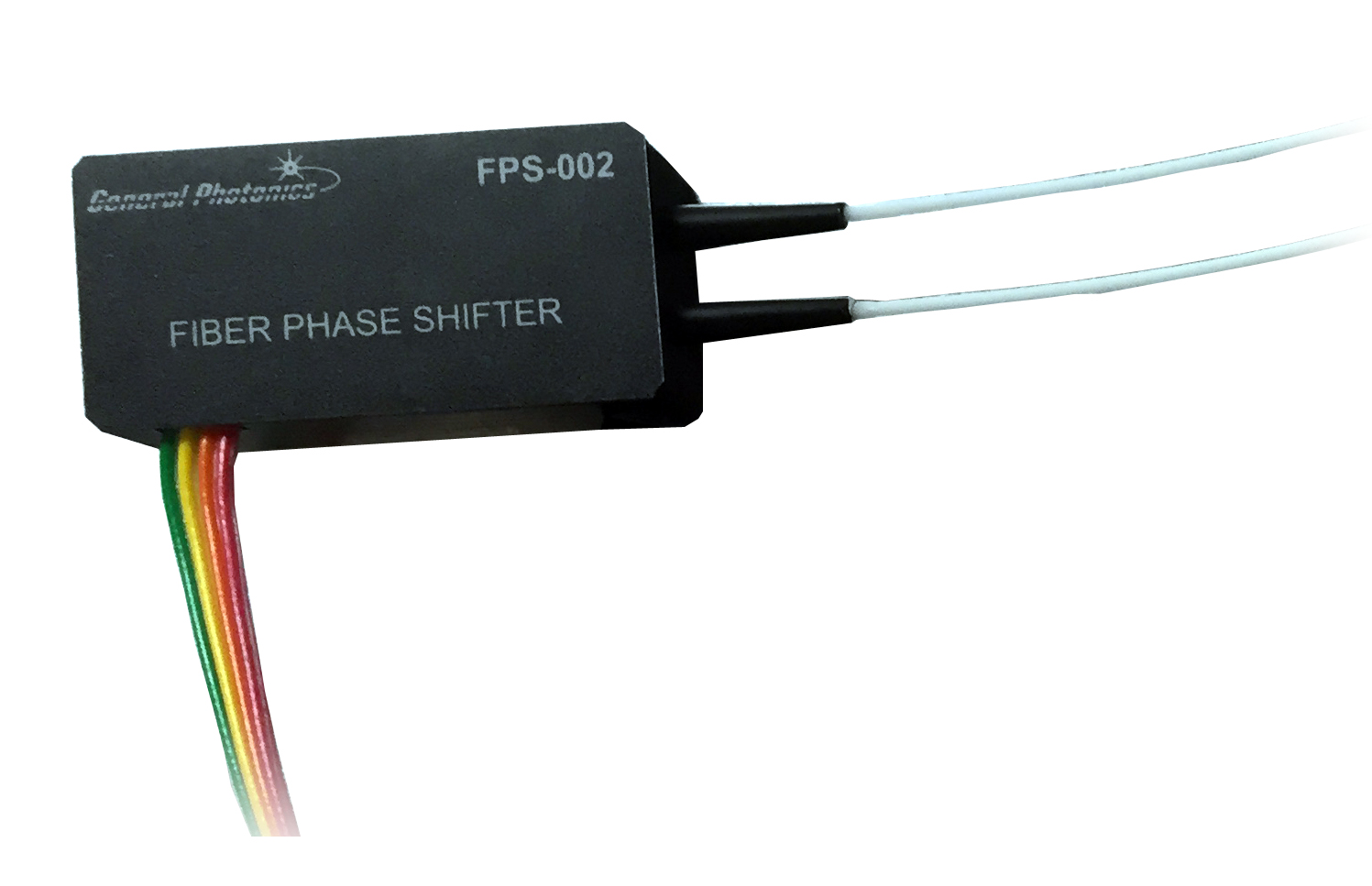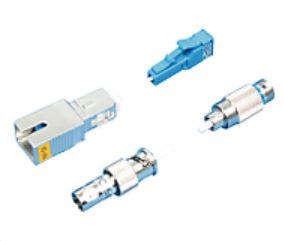Product information "TAPM-X Optical Power Monitors"
SM or PM, Single Channel; 830-1620 nm; 250 µm Bare Fiber, 900 µm Jacket; Fiber Length 1, 1.5 m, Other; Connector Type MU, ST, FC, SC, LC, FC/APC, SC/APC, LC/APC, None; Tap Ratio 1%, 3%, 5%
Gooch & Housego’s TAPM-X series of polarization maintaining (PM) and single mode (SM) fiber optic tap power monitors are used for measuring optical fiber power without disrupting the continuity of the signal transmitted inside the fiber.
Gooch & Housego (G&H) offers TAPM-x-xxxx-xx-xx-xxx tap monitors with wavelengths in the ranges 830 to 870, 1040 to 1070, 1260 to 1360 and 1460 to 1620 nm, ideal for applications such as optical amplifier and DWDM systems.
Tap ratio for the TAPM-X devices ranges from 1%, 3% to 5%. Both SM and PM fiber options are available.
Key Features:
- Low Insertion Loss (IL, Reflection): ≤0.35 to ≤0.7 dB
- High Reliability
- Low Polarization Dependent Loss (PDL, SM Versions): ≤0.1 dB
- Operating Wavelength: 830 to 1620 nm
- Tap Ratio: 1%, 3%, 5%
- Responsivity: ≥0.004 to ≥0.040 mA/mW
- Extinction Ratio (PM Versions): ≥20 dB
- Return Loss (RL): ≥45, ≥50 dB
- Optical Power Handling: ≤300, ≤500 mW
- Fiber Type Single Mode (SM) Versions: HI-780, HI-1060, SMF-28
- Fiber Type Polarization Maintaining (PM) Versions: PM780C-A, SM85-PS-U25
- Lead Length: 1, 1.5 m, etc.
- Connector Type: MU, ST, FC, SC, LC, FC/APC, SC/APC, LC/APC, None
- Dimensions: Ø3.5/5.5/6.5 x 26 mm
Applications: Telecoms; Data Centers; FTTX; Optical Networks; Bio/medical Sensors
